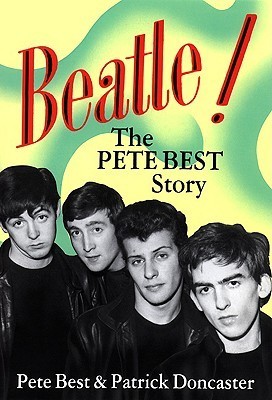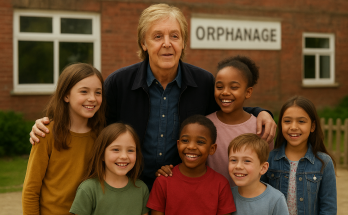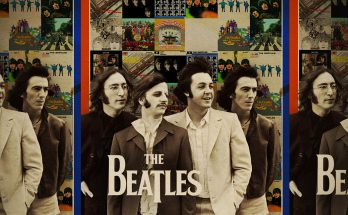Why He Was Fired Just Before Fame, and How He Reacted
When people think of The Beatles, names like John Lennon, Paul McCartney, George Harrison, and Ringo Starr come to mind. But before Ringo sat behind the drum kit, there was Pete Best — the original drummer who helped shape the band’s early sound and style. His story is one of rock history’s most tragic what-ifs, filled with mystery, heartbreak, and resilience.
The Beginning of Beatlemania: Enter Pete Best
In 1960, when The Beatles were preparing for a grueling residency in Hamburg, Germany, they were in desperate need of a full-time drummer. They found Pete Best, a quiet but striking figure with a moody look that teenage fans adored. Pete joined the band just in time for their Hamburg gigs, where the group sharpened their raw energy and style.
Pete’s powerful drumming and cool presence made him a favorite among early fans. For over two years, he played alongside Lennon, McCartney, and Harrison during their rise through the Liverpool and Hamburg music scenes. In fact, when the band recorded their first demo at Decca Records in 1962, Pete was still behind the drums.
The Sudden Dismissal
Despite his contribution, Pete Best was abruptly fired in August 1962 — just weeks before The Beatles recorded “Love Me Do” at EMI Studios and began their climb to international stardom. The decision came from manager Brian Epstein, reportedly under pressure from the other three Beatles.
So, why was he let go?
There are several theories:
- Musical Skill: Some say producer George Martin wasn’t impressed with Pete’s drumming during the Decca and EMI sessions. While Martin later clarified that he was willing to use a session drummer, not necessarily fire Pete, the Beatles may have taken this as a cue to replace him permanently.
- Personality Clashes: Others believe Pete simply didn’t “fit in” with the rest of the group. He was quieter, more reserved, and often kept to himself — a contrast to the close-knit trio of Lennon, McCartney, and Harrison, who shared inside jokes and a similar sense of humor.
- Jealousy: It’s also speculated that Pete’s popularity among female fans stirred some resentment. With his brooding looks, he often stole the spotlight, which may have created tension within the band.
Whatever the real reason, Pete was told he was out — and Ringo Starr, who had occasionally filled in for Pete, officially joined the band.
Pete’s Reaction: From Silence to Survival
Pete Best was devastated. Imagine standing at the doorstep of global fame, only to have it snatched away overnight.
For years, Pete remained mostly silent about the ordeal. He attempted to form his own bands, with limited success. The emotional toll was immense. He even attempted suicide in 1965, overwhelmed by depression and the weight of missed opportunity.
But Pete didn’t let bitterness consume him forever. He eventually found peace, working as a civil servant and raising a family. In later years, he returned to music, touring with The Pete Best Band, and even embraced his unique legacy as the “Fifth Beatle.”
Recognition at Last
Decades later, history gave Pete Best a measure of justice. When The Beatles released their Anthology albums in the mid-1990s — which included early tracks featuring Pete on drums — he finally received royalties and a renewed spotlight. It was a quiet vindication for a man long left in the shadows of one of the greatest musical revolutions in history.
Final Thoughts
Pete Best’s story is more than just a rock ‘n’ roll footnote — it’s a reminder of how fame, timing, and group dynamics can change lives forever. While he may not have toured the world as a Beatle, Pete Best remains an unforgettable figure in the band’s origin story — the drummer who came within inches of immortality, only to fall just short.
But in doing so, he became something else entirely: a legend in his own right.



